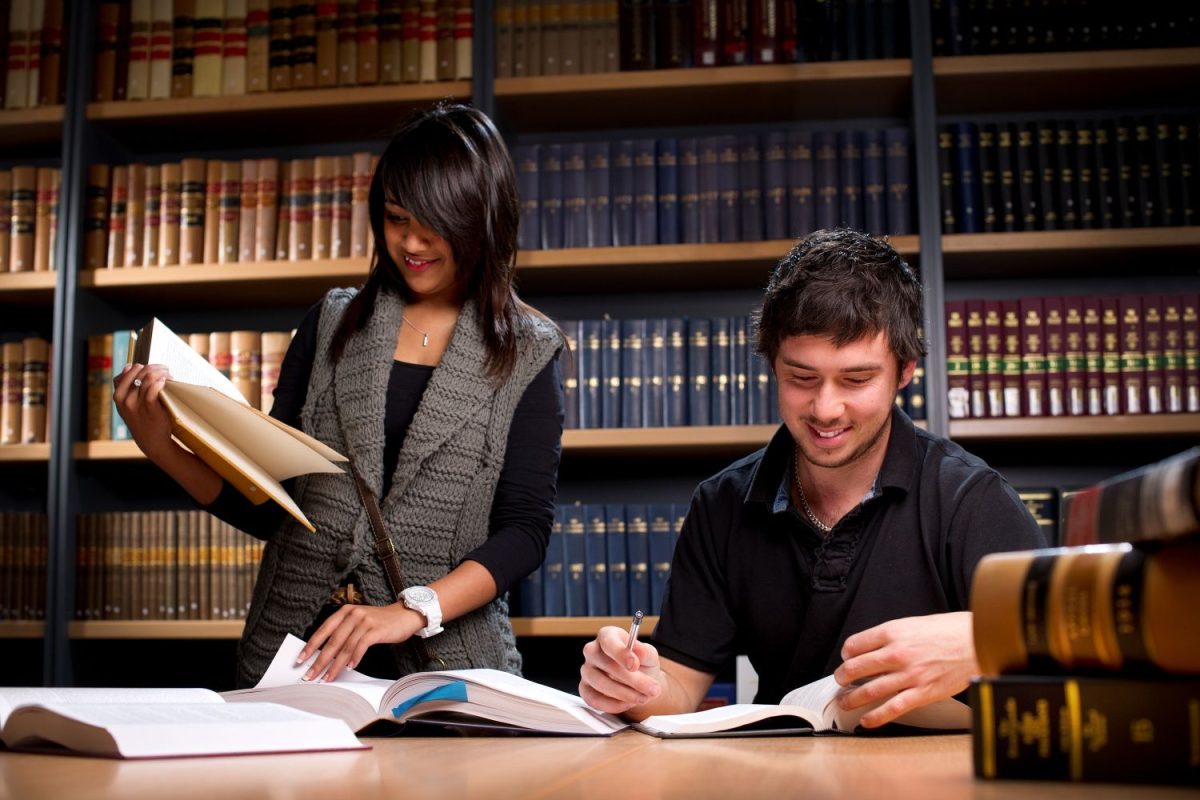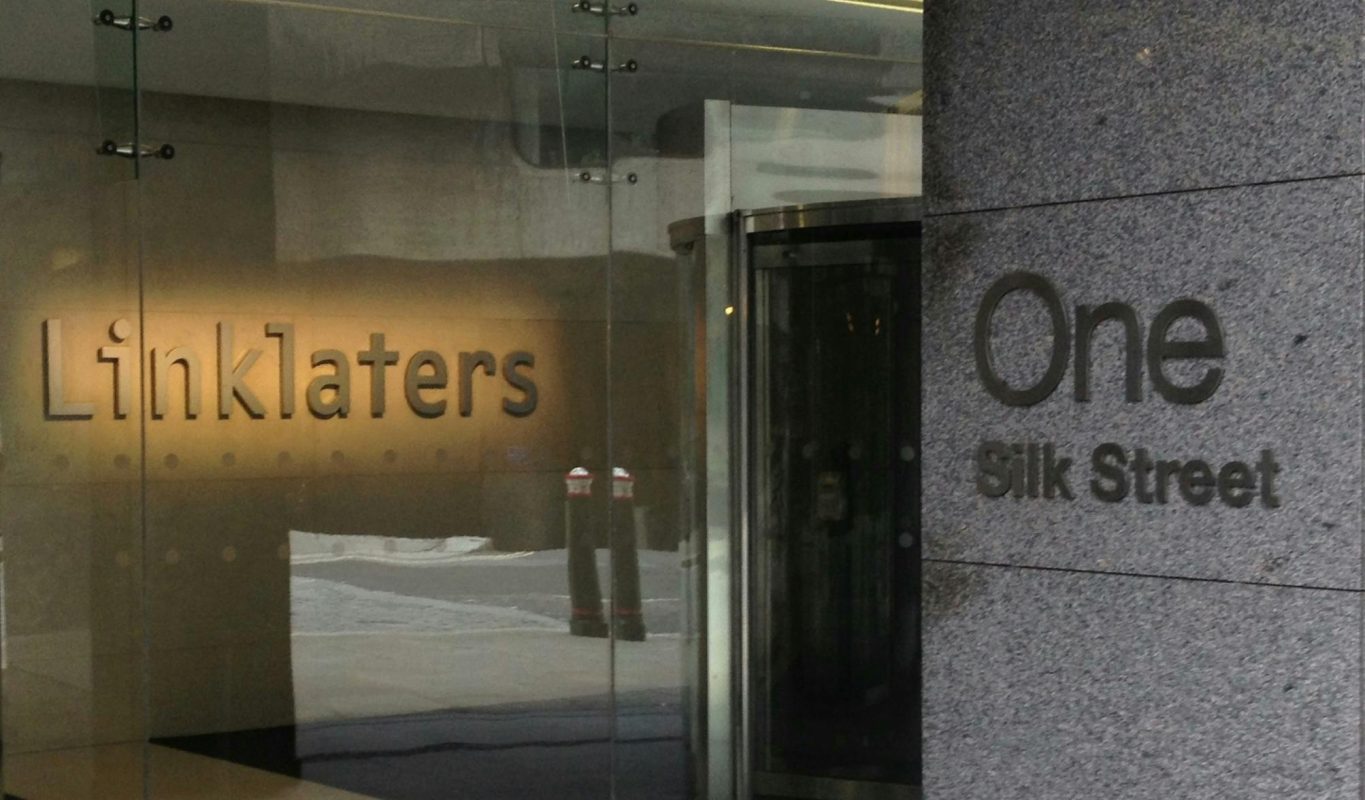The practice of spontaneous questioning in the realm of higher learning has ignited discussions among scholars, students, and administrators alike. While some argue that this method fosters critical thinking and quick analytical skills, others express concerns about its potential to create undue stress and anxiety among aspiring professionals. This dynamic approach to classroom interaction has sparked a significant discourse on the efficacy and appropriateness of such techniques in today’s academic environments.
As institutions strive to prepare their students for the complexities of their future careers, the balance between rigorous engagement and the well-being of learners becomes crucial. Advocates for spontaneous interactions highlight the benefits of instilling a sense of readiness and adaptability in students, believing it reflects real-world scenarios where quick decision-making is vital. However, the opposing view raises important questions about inclusivity and the psychological impact this strategy may have on individuals who may not thrive under pressure.
In this context, the conversation surrounding the methodologies used to cultivate talent is evolving. The debate encompasses the questioning of long-standing traditions, pushing educators to reconsider their techniques and the environment they create for learning. Ultimately, this exploration into spontaneous engagement illuminates broader themes of pedagogy, assessment, and the emotional landscape of academia.
Understanding Cold Calls in Law Schools
The practice of actively engaging students in discussions during classes has become a distinctive feature of certain academic environments. This approach, designed to encourage participation and critical thinking, often elicits a range of reactions from the student body. It serves as a catalyst for both intellectual growth and heightened anxiety among those involved.
Typically, the method involves randomly selecting individuals to respond to prompts or questions related to the subject matter. This technique aims to ensure that all participants are adequately prepared and contribute to the discourse, fostering a dynamic learning atmosphere. However, the unpredictability of this strategy can result in significant stress for some learners, who may feel unprepared or anxious about being singled out in front of their peers.
Opponents of this approach argue that it can create a hostile learning environment, potentially discouraging participation from those who are less confident. They advocate for alternative methods that maintain engagement without inducing fear. On the other hand, proponents contend that this method cultivates resilience and deepens understanding, preparing students for the unpredictability of real-world scenarios.
Ultimately, the discourse surrounding this method highlights a broader conversation about pedagogical strategies and their impact on student experience. As classrooms evolve, the balance between fostering a supportive environment and promoting rigorous engagement remains a pivotal consideration.
The Evolution of Legal Education Methods
The landscape of training upcoming advocates has undergone significant transformation over the years. Traditional approaches have gradually adapted to meet the changing needs of society and the profession, leading to innovative strategies that aim to cultivate critical thinking and practical skills among students.
Initially, the focus was predominantly on rote memorization of statutes and legal principles, employing a purely theoretical framework. However, as the complexities of society increased, so did the demand for a more dynamic and holistic approach to training future practitioners. This shift has prompted educational institutions to integrate experiential learning opportunities, such as internships and moot court competitions, into their curricula.
Moreover, the advent of technology has revolutionized how information is shared and absorbed. Online resources, virtual simulations, and interactive platforms now supplement traditional classroom instruction, offering students diverse methods to engage with the material more effectively. Such advancements have fostered a more collaborative environment, encouraging discussions and debates that enhance learning outcomes.
As a result of these developments, the role of instructors has also evolved. Rather than being the sole source of knowledge, they now serve as facilitators guiding students through complex topics and promoting analytical discourse. This change underscores a movement towards a more student-centered pedagogy, where learners are empowered to take an active role in their education.
In conclusion, the methods employed in training legal professionals continue to adapt in response to societal expectations and technological advancements. This evolution signifies a commitment to preparing graduates who are not only knowledgeable but also equipped to navigate the challenges of a rapidly changing professional landscape.
Faculty Perspectives on Cold Calling
This section examines the nuanced opinions held by educators regarding the practice of actively engaging students during classroom discussions. The dynamic between instructors and learners often shapes the atmosphere of the academic environment, influencing both participation and overall learning outcomes.
Supportive Views
Many educators advocate for this method as an effective technique for enhancing student engagement. They believe that by prompting individuals to articulate their thoughts, they encourage critical thinking and foster a deeper understanding of the material. Proponents argue that this interactive approach creates a more vibrant classroom culture where students feel accountable for their contributions.
Critical Opinions
Conversely, some instructors express reservations about the approach. There are concerns about the potential for anxiety among students who may feel unprepared or overwhelmed by unexpected inquiries. These critics urge for a more balanced method that supports those who need additional time to gather their thoughts. They contend that fostering a supportive environment is paramount to ensuring every student has the opportunity to thrive academically.
Student Reactions and Experiences
The practice of spontaneous questioning in academic settings has generated a range of responses from students, reflecting their diverse backgrounds and learning preferences. While some individuals appreciate the engagement and think it enhances their understanding of the material, others find the experience to be anxiety-inducing and counterproductive. These varied perspectives reveal the complexity surrounding this teaching method.
Supporters of this technique often highlight its role in fostering critical thinking and promoting active participation. They argue that being called upon unexpectedly encourages students to stay attentive and adequately prepared, as it mimics the pressures of real-world scenarios where quick thinking is essential.
On the flip side, critics express concerns about the anxiety and stress it can cause, especially for those who may struggle with public speaking or who are not as confident in their knowledge of the subject matter. Many students report feelings of dread prior to sessions, which can detract from their overall learning experience. Some even advocate for alternative methods that prioritize inclusivity and allow for more thoughtful responses.
Ultimately, the reactions to this teaching style underscore the need for a balance between rigor and support in academic environments. As institutions continue to explore effective pedagogical approaches, understanding students’ experiences becomes crucial in shaping a more harmonious and enriching learning atmosphere.
Debate Over Effectiveness and Equity
The dialogue surrounding the utility and fairness of interactive engagement techniques in higher learning settings has gained considerable attention. Critics argue that these approaches may not cater to the diverse needs of all participants, potentially alienating some individuals while favoring others. In contrast, supporters believe these methods cultivate a dynamic learning environment, encouraging active participation and critical thinking skills.
Many educators are now examining whether these methods truly enhance comprehension and retention of complex topics or if they inadvertently promote an uneven playing field where only a select few feel comfortable speaking out. As institutions strive for inclusivity, the challenge lies in balancing engagement techniques without compromising the experience for all learners.
| Aspect | Pros | Cons |
|---|---|---|
| Engagement | Fosters active participation | May intimidate quieter individuals |
| Critical Thinking | Encourages analytical skills | Can lead to superficial discussion |
| Inclusivity | Promotes diverse perspectives | Risks marginalizing some attendees |
| Performance | Can enhance understanding | May disadvantage less confident speakers |
The ongoing discussion highlights the necessity for continuous reassessment of strategies employed in academic frameworks, ensuring that they not only challenge students but also support an equitable learning atmosphere.
Innovative Alternatives to Traditional Methods
The landscape of instructional practices is undergoing a transformation as educators seek new strategies to engage and motivate their students. Traditional approaches, while effective to a degree, often fail to resonate with the diverse learning styles of contemporary learners. By exploring alternative modalities, instructors can create a more dynamic and inclusive environment that fosters active participation and deeper understanding.
One such alternative is the flipped classroom model, where students engage with course materials at their own pace, allowing for more productive in-class time dedicated to discussions and collaborative activities. This approach not only enhances comprehension but also encourages students to take ownership of their learning process.
Additionally, integrating technology into the curriculum offers exciting opportunities for interaction. Online discussion forums, interactive simulations, and virtual reality experiences can provide immersive learning experiences that traditional methods may lack. These tools can cater to different learning preferences and promote collaborative problem-solving among peers.
Peer-assisted learning is another valuable technique, facilitating collaboration among students as they support each other in grasping complex concepts. This approach not only enhances understanding but also builds a sense of community within the classroom, fostering friendships and deeper connections among learners.
Lastly, incorporating real-world challenges into the learning experience can stimulate critical thinking and application of knowledge in relevant contexts. By engaging with current issues and practical scenarios, learners develop essential skills that prepare them for future endeavors in their chosen fields.
Q&A: Law professors cold calls spur heated debate
What is the main controversy surrounding cold calls in law schools?
The controversy surrounding cold calls in law schools primarily revolves around their effectiveness and impact on students’ learning experiences. Supporters argue that cold calling encourages students to engage more deeply with the material and develop their critical thinking skills in real-time, while critics raise concerns about the stress and anxiety it can induce, particularly for students who may already feel overwhelmed. This debate highlights differing educational philosophies regarding how best to prepare future lawyers for the challenges of legal practice.
How do cold calls work in a typical law school class setting?
In a typical law school class, professors may implement cold calling as a strategy to ensure that all students are prepared and engaged with the course material. The professor randomly selects students to answer questions about the readings or case law without prior notice. This practice aims to promote accountability among students to keep up with their studies and to simulate the unpredictable nature of legal practice, where attorneys must be prepared to speak on their feet. However, the method’s abrupt nature can lead to varying levels of student comfort and preparedness.
What are some potential benefits of cold calling for law students?
Cold calling can provide several benefits for law students, including enhanced preparedness and deeper engagement with course materials. By being put on the spot, students may be encouraged to read more carefully and think critically about the implications of legal principles. Furthermore, cold calls can help students develop public speaking skills and gain confidence in articulating their thoughts in a group setting. Many professors believe that this method mirrors real-world legal practice, where attorneys often need to think quickly and respond to unexpected questions in court.
What are some suggested alternatives to cold calling that might help alleviate student anxiety?
To alleviate student anxiety associated with cold calling, several alternatives can be employed. One approach is to use a “hot seat” method, where students can prepare in advance for their turn to be called upon, providing them with a chance to organize their thoughts and reduce the element of surprise. Additionally, professors might consider implementing group discussions or case study analyses that allow for collaborative learning in a less pressured environment. Another option is to create a voluntary participation system, where students can indicate their comfort level with being called on, ensuring that those who prefer to contribute in smaller, less intimidating settings can do so without additional stress.
How have student opinions on cold calling evolved in recent years?
In recent years, student opinions on cold calling have become increasingly vocal and diverse. While some students continue to appreciate the method for its ability to foster engagement and prepare them for a rigorous legal environment, others express concerns about the mental toll it takes, particularly on those who may struggle with anxiety or come from less traditional educational backgrounds. Platforms for feedback, such as course evaluations and student forums, have allowed students to share their experiences more openly, leading to discussions within law schools about reforming teaching methods. This evolution reflects a broader cultural shift towards recognizing mental health in educational settings and adapting practices to create more inclusive and supportive learning environments.
What are “cold calls” in the context of law schools, and why are they controversial?
In law schools, “cold calls” refer to the practice of professors randomly selecting students to answer questions during class discussions, often without prior notice. This method is rooted in the Socratic method of teaching, which encourages critical thinking and active participation. However, the practice has sparked controversy for several reasons. Critics argue that it can create a high-pressure environment, leading to anxiety and distress among students, particularly those who may be less comfortable speaking in public or are struggling with the material. Supporters, on the other hand, contend that cold calls help students prepare for the unpredictable nature of legal practice, where they may be unexpectedly called upon to think on their feet. The debate continues as educators seek a balance between fostering robust participation and maintaining a supportive learning atmosphere.
What was the robust debate over law professors’ use of cold-calling in Yale Law School?
The debate unfolded online after a prominent conservative attorney took to social media to decry an opt-in approach used in a Yale Law School class where students could opt out of being called upon. The controversy centered on the use of three-sided name plates to signal whether students were comfortable participating, which deviates from the traditional Socratic method that incentivizes students to stay prepared.
How has the Socratic method been scrutinized over the past decade in relation to law student mental health?
The Socratic method, which has been used in the legal academy since 1870, has come under increased scrutiny over the past decade as law student mental health has become a larger priority. Critics argue that the pressure of being called upon without warning exacerbates stress, while proponents maintain that it incentivizes students to stay prepared and teaches them critical thinking skills.
What were the arguments made by Adam Mortara in the debate on cold-calling?
Adam Mortara, a prominent attorney, wrote on social media that the prospect of being called upon at any moment is a vital part of the legal education process. He argued that cold-calling teaches students to think on their feet and encourages them to keep up with their reading. Mortara criticized Yale Law’s opt-in approach, claiming it diminishes the effectiveness of the Socratic method.
How did the use of three-sided name plates in a Yale Law School class spark a broader conversation about legal education?
The use of three-sided name plates in a Yale Law School class, where students could display different colors to signal their willingness to participate, sparked a debate about whether this approach undermines the traditional Socratic method. Proponents of the method argue that being able to opt out of being called upon removes the element of surprise that motivates students to stay engaged.
What impact has the focus on law student mental health had on teaching methods in law schools?
The increased focus on law student mental health over the past decade has led to changes in traditional teaching methods, including the scrutiny of cold-calling and the Socratic method. Many law schools, including Yale, have adopted policies aimed at reducing stress, such as allowing students to opt out of participating in class discussions, which some argue could compromise the rigor of legal education.




